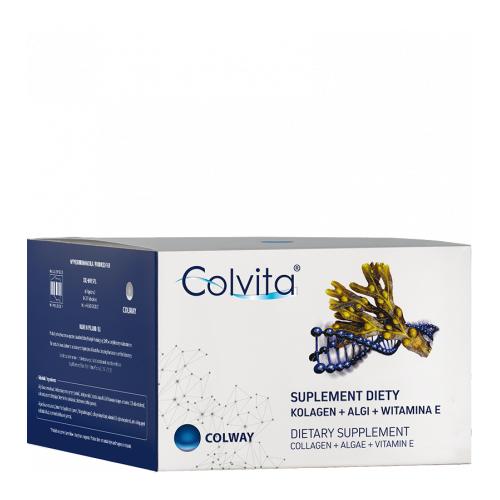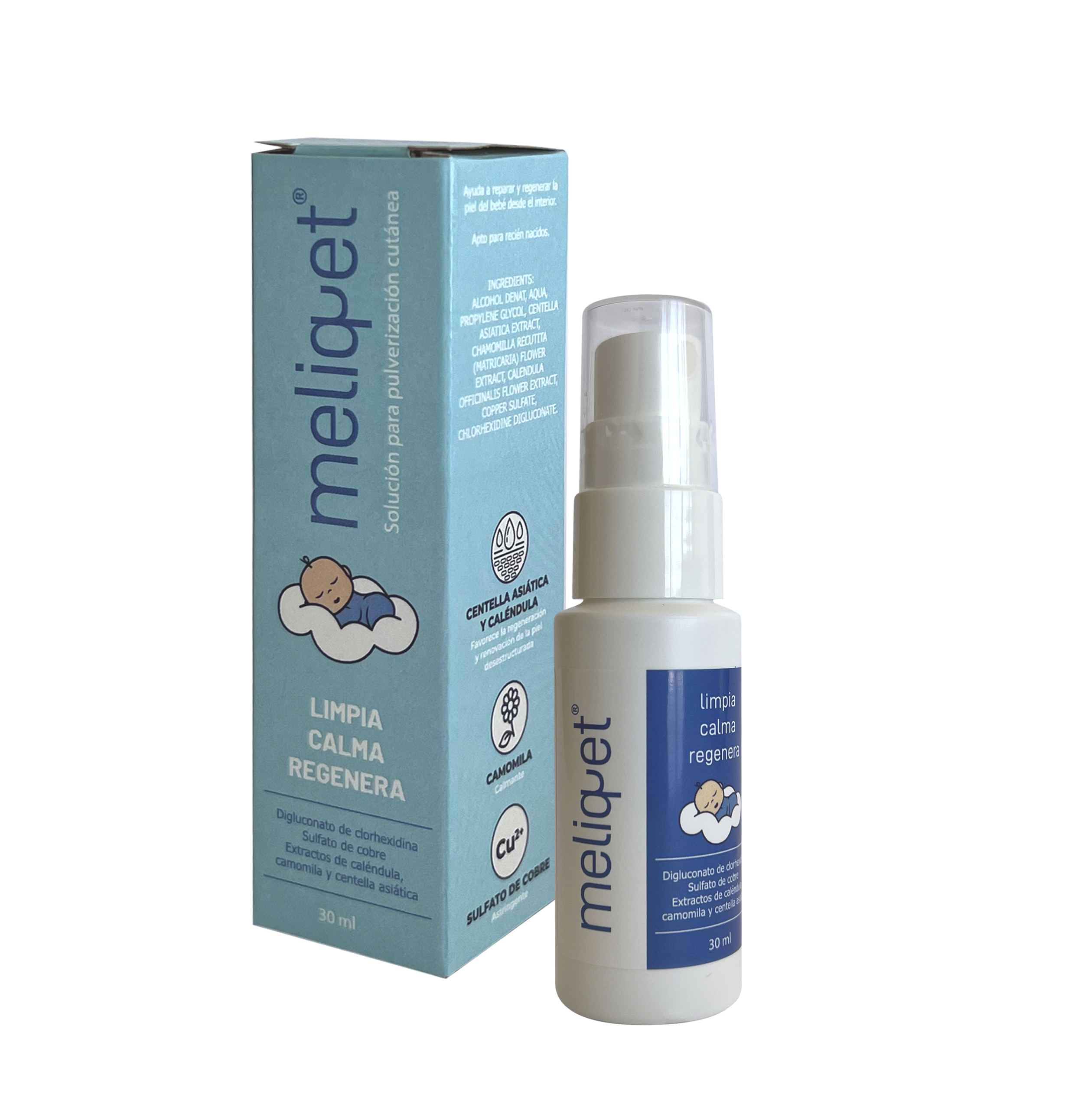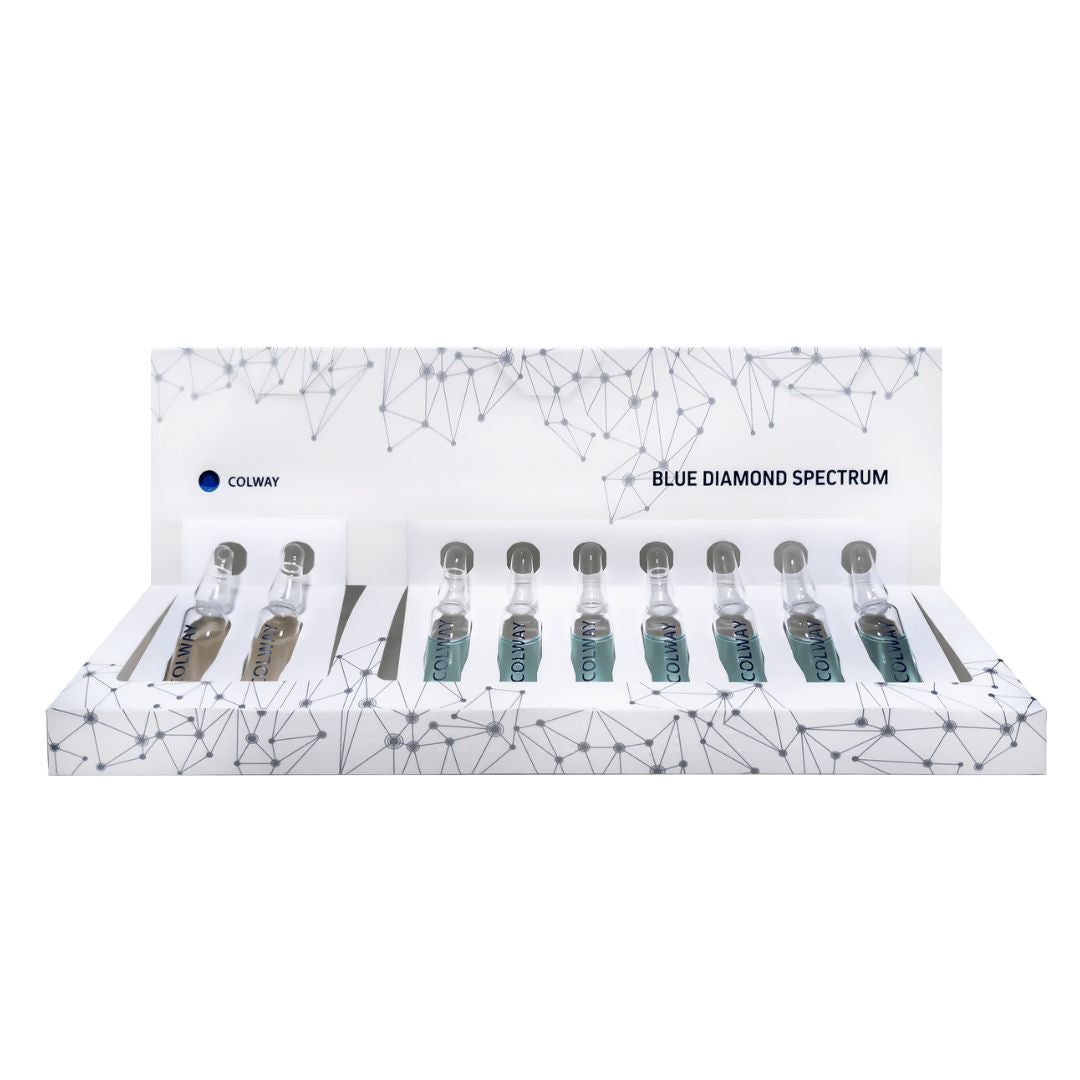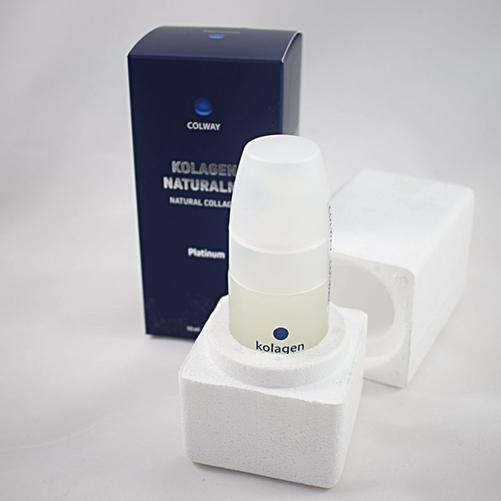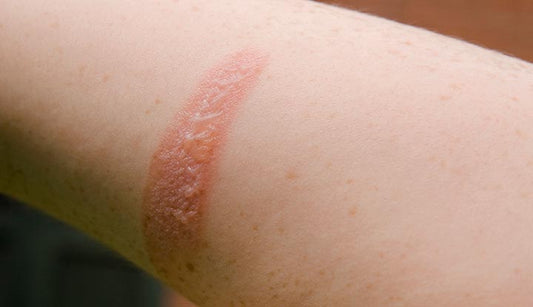Collagen is the main protein in the skin and the most powerful protein in our system. It represents 60% of the total content of the skin and 30% of all the protein content of the body. Its highest amounts are found in the skin, skeletal system, organs of sight, kidneys, liver, and digestive tract. The extracellular matrix, known as ECM, in which the body is immersed, contains collagen that flows around the organs, complementing existing structural defects.
The main function of collagen is to give flexibility, tone and elasticity to the skin, as well as to hydrate and stimulate. It is found in the dermis layer, storing and releasing water to maintain the optimal level of texture and the constant renewal of cells, thus preventing the formation of wrinkles and stretch marks. Collagen is produced by fibroblasts, the cells of connective tissues. The turnover of collagen occurs throughout the life of a human organism. Its renewal cycle is every 140-160 days: the spent collagen is degraded and the shortage is replaced
More than 20 types of collagen are found naturally in the human body. Type I collagen is the most abundant collagen in the human body and is known to maintain the integrity of the dermis and the ECM. It is true that skin aging is related to the reduction of type I collagen. The synthesis of this type of collagen in the skin takes place not only in fibroblasts, but also in the keratinocyte layer of the epidermis.
Starting at age 25, natural collagen supplies weaken and become less productive. The body begins to lose its ability to create new collagen, losing collagen at a rate of 1.5% per year. Free radicals and toxins destroy collagen fibers and reducing the levels of copper, vitamin A, C or E in the body negatively affects the natural production of collagen. Lack of new collagen leads to a number of symptoms associated with aging: sagging, fine lines, wrinkles, dryness, discoloration, and uneven skin tone.

